Open Air Museum of Goreme: A Treasure of Rock-Carved History and Art
The Open Air Museum of Goreme, nestled in the heart of Cappadocia, is one of Turkey’s most treasured landmarks. Renowned for its surreal landscapes and unique history, this UNESCO World Heritage site houses a collection of rock-carved churches, chapels, and monasteries, many adorned with stunning frescoes. These structures, dating back to the 9th and 10th centuries, offer a fascinating glimpse into the spiritual and artistic achievements of Byzantine communities in the region.
History and Cultural Significance
Located just 1.5 kilometers from the village of Göreme, the museum is easily accessible and serves as a gateway to Cappadocia’s rich heritage. This site was a significant monastic settlement in the early medieval period, with its isolated location providing safety and seclusion for religious communities. Today, it stands as a testament to the remarkable ability of these early Christians to adapt their architecture to the natural rock formations of the region.
The entrance fee to the museum is approximately 150 TL, granting visitors access to its awe-inspiring churches and historic artifacts. Among the many structures, the Kızlar Monastery, though partially in ruins, showcases remnants of a refectory, chapel, and living quarters. These remains highlight the daily lives and spiritual devotion of the monks and nuns who once inhabited this sacred space.
The Iconic Churches of Göreme
The museum’s most celebrated feature is its collection of rock-carved churches, each uniquely named after the frescoes and designs they house. These churches provide an extraordinary showcase of Byzantine art and religious devotion, blending faith and artistry in a breathtaking display.
St. Barbara Church
This 11th-century gem is dedicated to St. Barbara, the protector against evil forces. The church is renowned for its ochre-red frescoes depicting Christ Pantocrator, alongside vivid images of saints George and Theodore battling a dragon. These scenes encapsulate the enduring themes of faith triumphing over evil.
Snake Church (Yılanlı Kilise)
Named after a striking fresco featuring serpents, this church is notable for its framed portraits of saints, including St. Onesimus and Emperor Constantine with his mother, Helena. These images reflect the transition of Christianity into an imperial faith and the deep reverence for these historical figures.
Sandals Church (Çarıklı Kilise)
Known for a mysterious footprint beneath a fresco of the Ascension, this church derives its name from this enigmatic feature. Its cruciform design and vibrant frescoes depicting donors add to its historical and artistic allure. It stands as a tribute to the devotion of the wealthy farmers who funded its construction.
Buckle Church (Tokalı Kilise)
Arguably the most magnificent of all, the Buckle Church dates to the 10th century and is celebrated for its striking frescoes rendered in vibrant blues. These frescoes illustrate biblical scenes, including the Nativity, the Last Supper, and the Crucifixion, making it a masterpiece of Byzantine religious art.
A Testament to Art and Faith
The Göreme Open-Air Museum offers visitors a rare opportunity to experience medieval religious life and artistry up close. The intricate frescoes, carved directly into the soft volcanic rock, provide insight into the spiritual and cultural life of the Byzantine era. These artworks, which blend bold colors with intricate details, have withstood the test of time, preserving the faith and dedication of their creators.
Conservation Efforts
While some sections of the museum remain closed for preservation, significant efforts are underway to protect and restore these ancient treasures. Visitors are advised to respect the site’s delicate nature and avoid touching frescoes or carvings.
Tips for Visitors
- Arrive early: To avoid crowds, visit in the morning, especially during peak tourist seasons.
- Wear comfortable footwear: The terrain is uneven and requires good walking shoes.
- Hire a guide: A knowledgeable guide can provide valuable insights into the history and significance of each structure.
- Photography: While taking pictures is allowed, using flash near frescoes is prohibited to preserve their integrity.
Nearby Attractions
The museum is situated in close proximity to several other Cappadocian landmarks, such as the Pasabag Monks Valley, Devrent Valley, and the quaint villages of Göreme and Uçhisar. These sites offer additional opportunities to explore Cappadocia’s enchanting landscapes and historical riches.
Conclusion
The Göreme Open-Air Museum is a must-visit destination for history enthusiasts, art lovers, and spiritual seekers alike. Its unique combination of natural beauty, architectural ingenuity, and artistic excellence makes it a cornerstone of Cappadocia’s cultural heritage. Whether marveling at the vivid frescoes of the Buckle Church or walking among the ruins of the Kızlar Monastery, every moment in this living museum is a

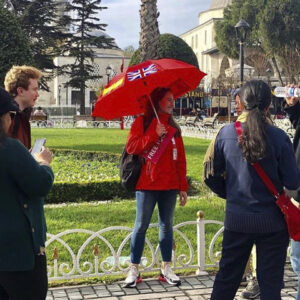
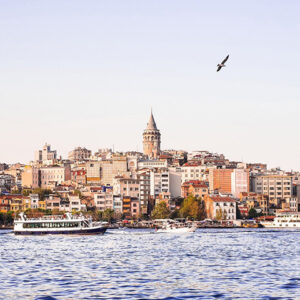
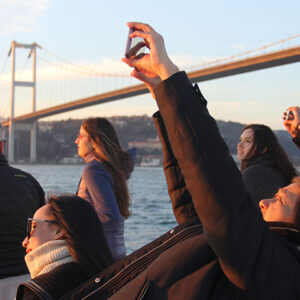


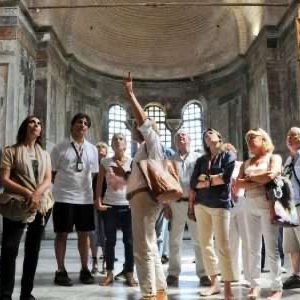
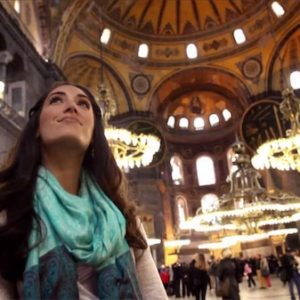



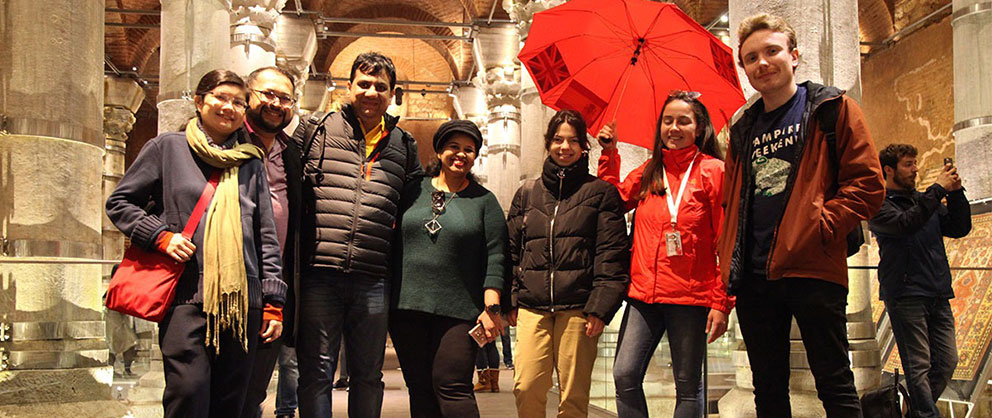
3 thoughts on “Open Air Museum of Goreme”
★★★★★
Discovering ‘Open Air Museum of Goreme’ was one of the highlights of my trip. Don’t miss out on this gem!
★★★★★
Visiting ‘Open Air Museum of Goreme’ was an extraordinary experience, offering insights and enjoyment like no other. Highly recommended!
★★★★★
The charm of ‘Open Air Museum of Goreme’ captivated me entirely. It’s a destination that leaves no one indifferent.